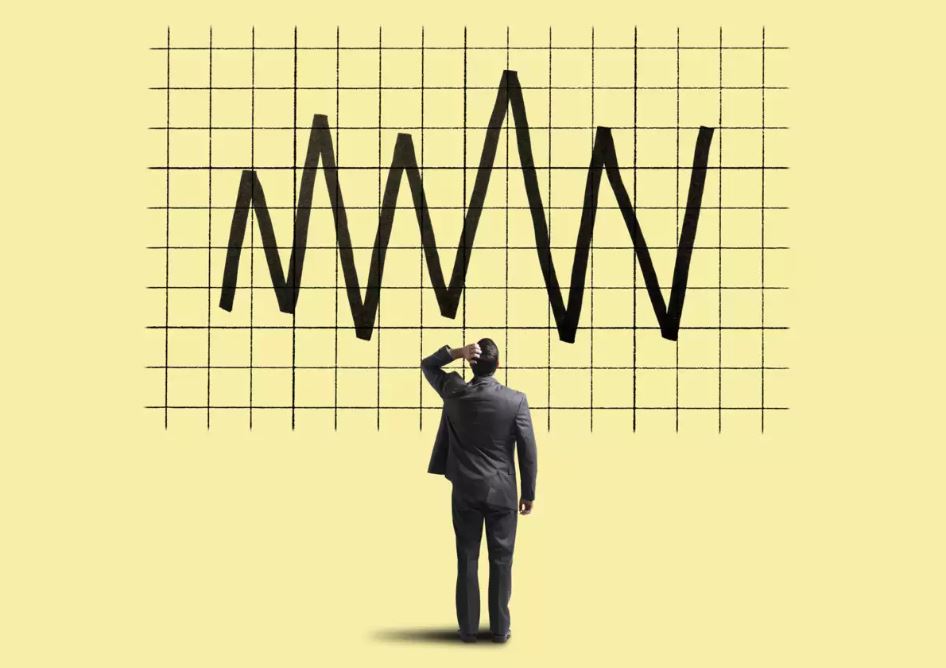 Investors often find themselves chasing the next big opportunity, eyeing stocks, bonds, or other assets with high upside potential. But what does that really mean, and how does it connect to market volatility?
Investors often find themselves chasing the next big opportunity, eyeing stocks, bonds, or other assets with high upside potential. But what does that really mean, and how does it connect to market volatility?
Understanding this relationship can make a big difference in how you approach investing. Let’s explore how upside potential and market volatility interact and what you should keep in mind before diving in.
Traders can connect with experts through quantumator.io to explore the relationship between upside potential and market volatility, offering valuable connections to professionals.
The Tug-of-War Between Risk and Reward
Upside potential is the possibility of an investment increasing in value. It’s that glimmer of hope that drives many to invest, seeking bigger rewards. But here’s the catch: the higher the potential reward, the greater the risk. Market volatility is all about how much an asset’s price swings up and down.
When the market gets volatile, those swings can get pretty wild, affecting the upside potential in unexpected ways.
Think of upside potential and volatility as a dance. When markets are stable, the dance is slow and steady. But when volatility kicks in, it’s like cranking up the tempo — the dance becomes unpredictable, and the steps can easily go wrong.
High upside potential often comes with high volatility. A stock might promise great returns, but if its price is jumping up and down like a yoyo, it’s hard to know where it will settle.
This is where the risk lies.
The key is to understand that with big gains, you’re also facing big risks. So, if you’re tempted by the thought of a quick profit, make sure you’re ready to handle the rough patches. Always do your research and consult financial experts before making decisions.
They can help you assess how much risk you can afford and what’s realistic in terms of returns.
Volatility as an Opportunity — and a Warning Sign
It’s easy to think of volatility as a bad thing. Who wants to see their investments lose value overnight? But for savvy investors, volatility can be an opportunity. When the market fluctuates, it can create chances to buy assets at a lower price, banking on their upside potential.
It’s a bit like buying winter clothes in the summer — you get a great deal if you’re willing to wait until the weather changes.
However, it’s not always a clear sign to jump in. Just because a stock has dropped in price doesn’t mean it will bounce back. Market volatility is sometimes driven by deeper issues, like changes in a company’s performance, economic shifts, or even political events.
That’s why it’s crucial not to make hasty decisions based on price alone. Instead, dig a little deeper. What’s causing the movement? Is it something that will pass, or a sign of a bigger problem?
When you see volatility, don’t just focus on the possible gains. Consider what’s driving the movement and how it affects the overall picture. This means looking at market trends, economic factors, and even global news.
A little patience and a lot of information can make the difference between seizing an opportunity and falling into a trap. And remember, seeking advice from a financial expert can help you understand these signals better and make informed choices.
Timing Matters: Riding the Ups and Downs
Market volatility can make or break your investment, depending on your timing. Imagine a roller coaster. If you get on at the right moment, you’ll have a thrilling ride to the top. But if you hop on at the wrong time, it might be a steep drop.
This is why timing is essential when dealing with upside potential in volatile markets.
Let’s say you’ve identified a stock with high upside potential, but the market is shaky. Should you buy now, or wait for things to settle? The answer depends on your strategy. Some investors buy during dips, hoping for a rebound. Others wait for signs of stability before making a move.
Neither approach is foolproof, but both require a good understanding of market conditions and a clear plan.
Timing isn’t about luck; it’s about preparation. If you’re aware of how the market usually behaves, you can anticipate when to act. It’s helpful to have a set plan — know when you’ll buy, how long you’ll hold, and when you’ll sell.
That way, you’re not making decisions based on panic or excitement. Consulting with financial experts can give you a clearer idea of market trends and help you pick the right moment to invest.
Conclusion
Upside potential and market volatility are two sides of the same coin. The promise of profit often comes with the reality of risk. Understanding this relationship can help you make better investment choices.
High upside potential can be exciting, but it’s essential to look beyond the hype and consider what could go wrong. Volatility, while it may create opportunities, can also be a sign to tread carefully.








